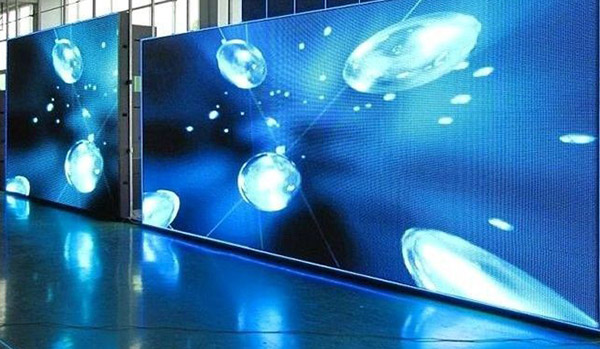Exploring the Diverse Integration Options Offered for LED Display Panels
Exploring the Diverse Integration Options Offered for LED Display Panels
Blog Article
LED display panels have gained popularity for their capacity to deliver high-quality imagery in multiple settings, from corporate environments to entertainment venues. One of the most significant aspects of these panels is their connectivity capabilities, which allow users to connect them to multiple devices and systems. Understanding the diverse connectivity options supported for Light Emitting Diode wall panels is essential for maximizing their use and effectiveness. This discussion details these features, highlighting how they can cater to various needs and preferences.
One frequent connection method for Light Emitting Diode wall panels is HDMI. High-Definition Multimedia Interface is widely known for transmitting high-quality video and audio streams between devices. This connection type is especially beneficial in commercial environments, such as conference rooms or training rooms, where presentations or video content are often shared. By using digital connectors, operators can easily link laptops, projectors, and streaming equipment to LED wall panels, ensuring a sharp and dynamic presentation of information.
Another popular interface option is DisplayPort, which is comparable to High-Definition Multimedia Interface but offers additional benefits. Display Port can support higher refresh rates and resolutions, making it an ideal choice for interactive media or graphic-intensive applications. For those using Light Emitting Diode wall panels in settings where performance is critical, such as competitive gaming venues or creative workspaces, Display Port can provide the required visual clarity. Additionally, many contemporary computers and graphics cards include Display Port connections, making it a convenient option for technology-oriented professionals.
In addition to High-Definition Multimedia Interface and Display Port, cordless transmission options are becoming smart home lighting features increasingly prevalent in Light Emitting Diode wall panel solutions. Wireless connections allow users to transmit content without the requirement for physical cables, enabling a cleaner and more adaptable setup. Technologies such as wireless internet and short-range communication allow users to connect smartphones, tablets, and laptops seamlessly to LED wall panels without tangled wires. This versatility is particularly beneficial in dynamic environments like exhibitions or live functions, where rapid adjustments to displays are often required.
For larger deployments or more intricate configurations, network like it connectivity through Ethernet is another viable option. Wired links provide a consistent and reliable way to connect multiple LED wall panels within a network. This setup is ideal for electronic display use cases found in retail centers or transport hubs, where multiple panels may need to display coordinated content across a broad area. By using network cabling and routing hardware, operators can guarantee that all connected panels receive consistent updates and information seamlessly.
Lastly, it's crucial to consider the future of connectivity with technologies such as Universal Serial Bus-C and Thunderbolt Three. These next-generation interfaces offer enhanced data transfer rates and flexibility by allowing one connector to handle both energy transfer and data exchange. As more systems adopt these standards, LED wall panels equipped with USB-C ports will likely become more common. This evolution in connectivity not only enhances the functionality of LED wall panels but also aligns with the emerging trend of minimalistic design in hardware arrangements by minimizing the number of wires required.
In summary, examining the broad interface methods accessible for LED wall panels uncovers many opportunities for operators across multiple industries. From conventional approaches like High-Definition Multimedia Interface and Display Port to contemporary cordless technologies and network connections, each pathway serves unique purposes tailored to specific needs. Additionally, emerging technologies like USB-C promise further advancements in how users interact with LED wall panels. By grasping these integration alternatives, end-users can make strategic selections that optimize their overall experience with these versatile display tools.